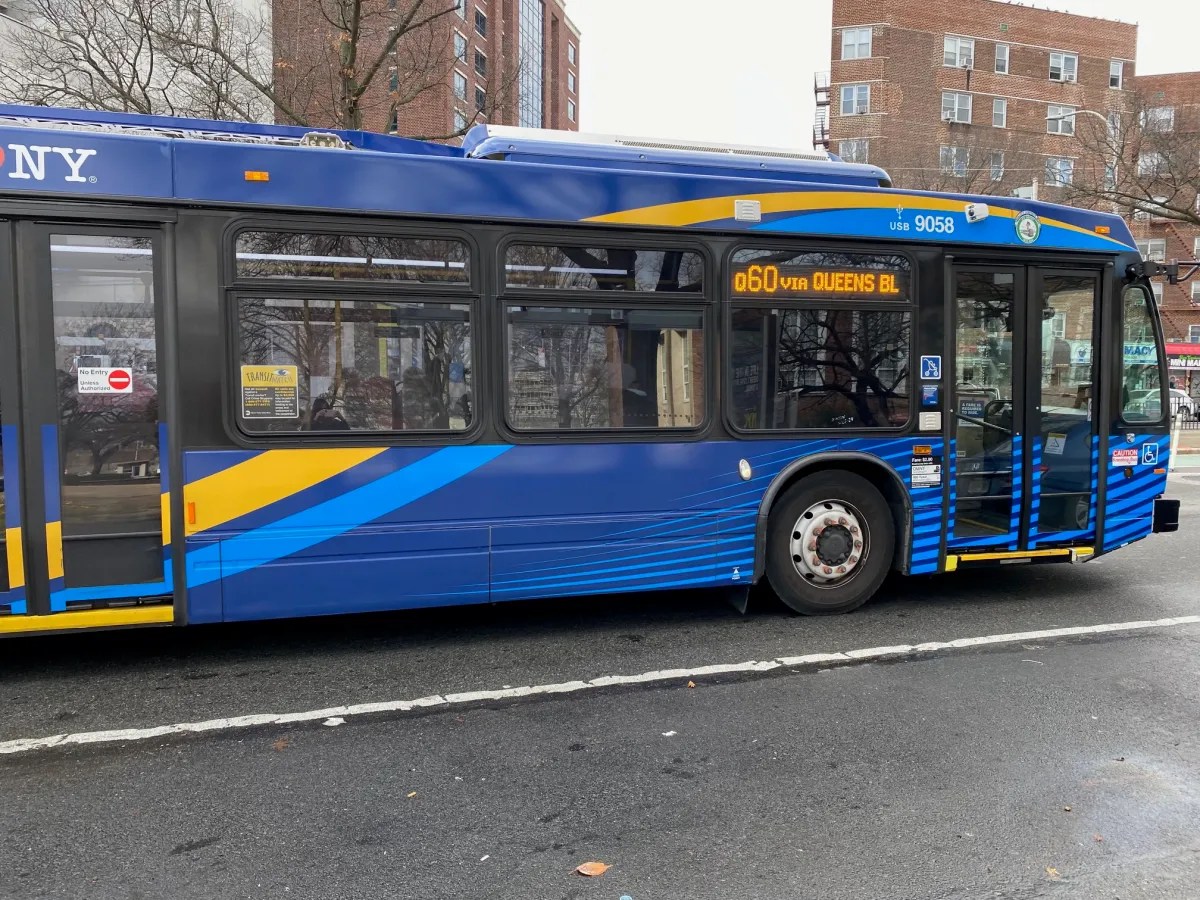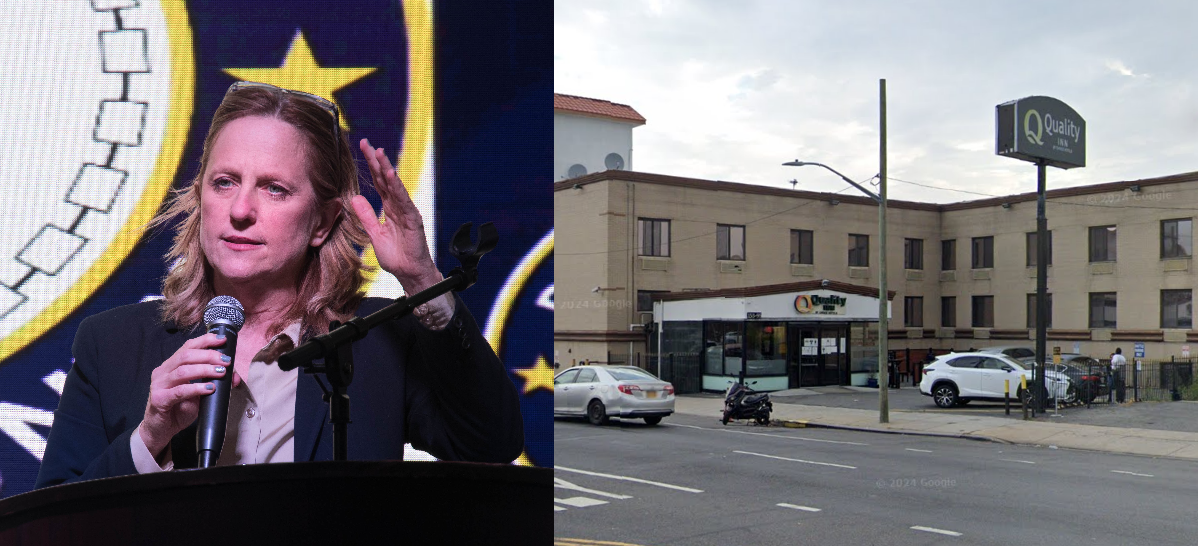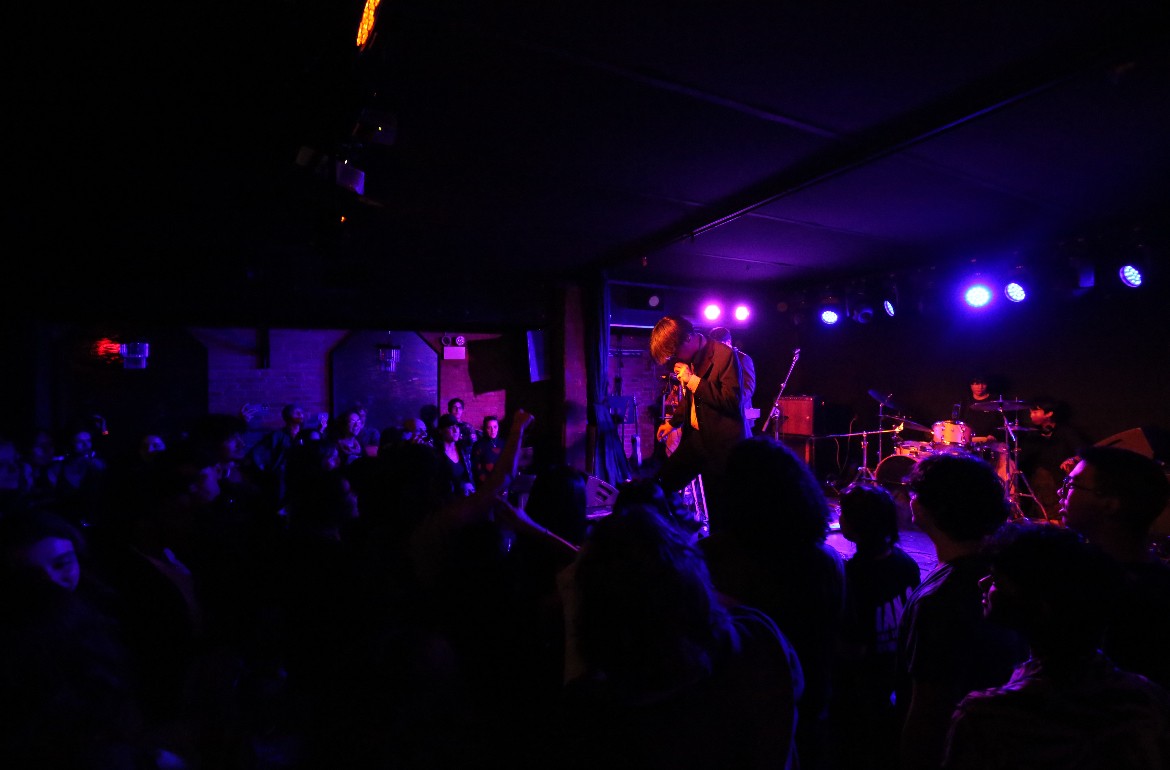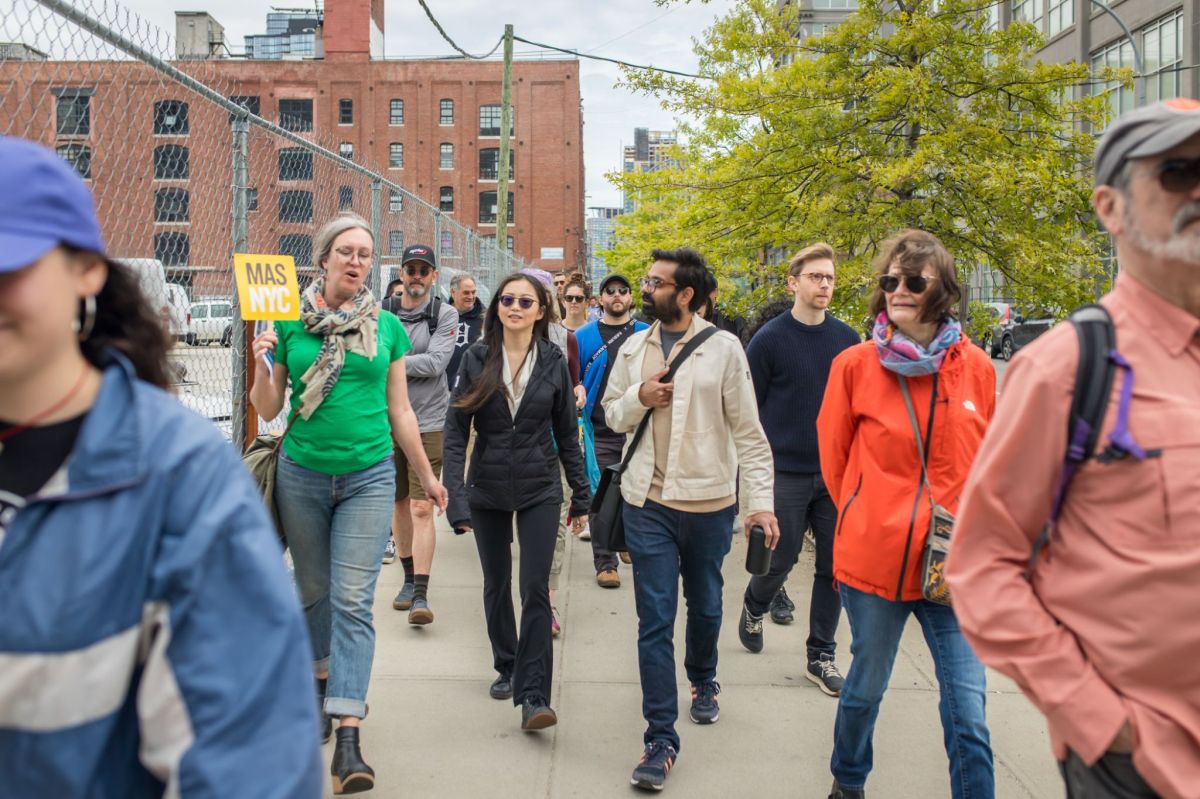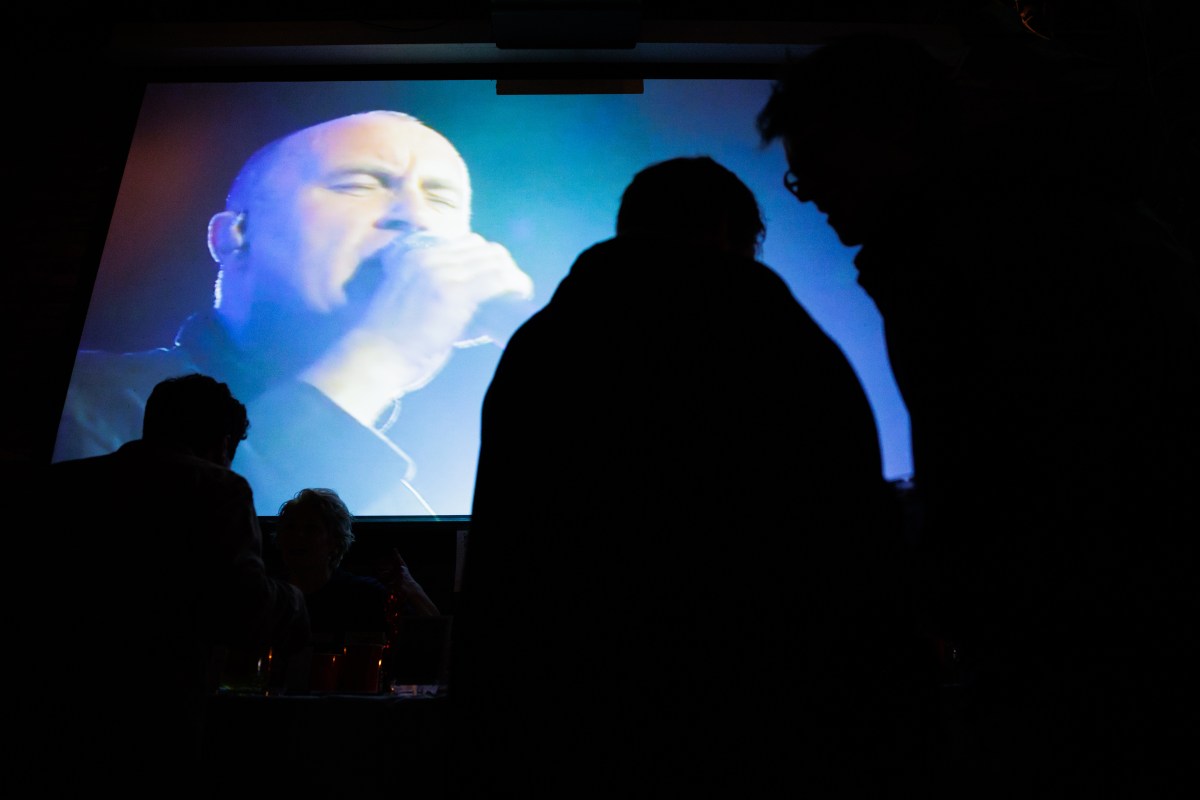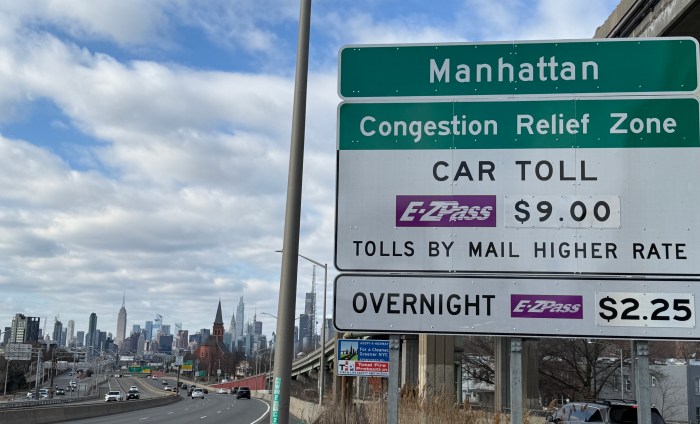New York City Council’s Transportation Committee members expressed doubts Tuesday morning on two recommendations offered by engineering consulting firm, Arup, for rebuilding the Brooklyn-Queens Expressway.
The plans to either build a bypass tunnel through the heart of Brooklyn or deck over an at grade roadway on the waterfront got a dose of skepticism from lawmakers despite a sense of urgency to replace crumbling roadway along the Brooklyn Promenade.
The bypass tunnel plan comes at an estimate of $11 billion, while the deck proposal will cost taxpayers $3 billion.
Council Speaker Corey Johnson said he would not support previous proposals from the city Department of Transportation to simply replace the triple cantilevers, which would cost several billion dollars. He added that reimagining the expressway was an opportunity his office could not miss.
Key for Johnson is a reduction in traffic on the BQE and the development of an alternative that has a more appropriate place in a modern urban space.
The Speaker’s office released a study on Monday that outlined the recommendations in great deal, but highlighted some obstacles as well.
“We need a set of folks involved in the process to manage this, to keep their eyes on the prize,” Johnson said of the government entity that would need to be created – with approval from Albany legislators – to manage the project and upkeep of the roadway.
The BQE corridor cuts through neighborhoods with populations of an estimated 450,000, many of which are classified as “environmental justice” communities, according to Trent Lethco, a transportation consultant with Arup Engineering.
Lethco said the firm’s recommendation of a plan that will build an at-grade roadway next to the BQE and “box over” it in order to utilize upper-deck space for the public could cost up to $1 billion.
“Why can’t we just tear it down?” Johnson asked Lethco. Councilman Antonio Reynoso asked the same later during the meeting.
Lethco responded that the firm was not contracted to find alternatives to vehicular traffic, but how to deal with fixing the corridor. Traffic still needs to be accommodated as the roadway connects people across the Tri-State area.
Just tearing the cantilever down and not replacing that section of the expressway, Lethco observed, would displace truck traffic into neighborhoods. That remark came after Lethco said, earlier in the hearing, that consumer demand for passenger vehicles are down with a decline in issuance of drivers licenses and car sales.
Lethco told the Transportation Committee the full scope of impact will be five miles of the surrounding roadway total, and that removal of public access to the Brooklyn Promenade is a “non-starter.”
A three-mile bypass tunnel would make a five-mile stretch of the BQE obsolete, according to Lethco, and put drivers in a better position to reach the Kosciuszko Bridge. By decking over a new highway on the same stretch of the BQE, Lethco said, the communities would gain 50 acres of parkland.
The tunnel would be more straightforward than building the Second Avenue Subway or other transit projects that were delayed and significantly over-budget, he observed. There would be no rail infrastructure to consider or stations to build along the way, according to Lethco.
Despite the complexity of building around infrastructure obstacles such as subway lines, Lethco is confident there are solutions, but did not elaborate on them further.
Councilman Stephen Levin challenged the plan that was deemed by advocates for alternate forms of transportation as being Car-centric in a time when car culture is in decline. Lethco responded it would involve further studies for which there does not seem to be time.
The city will shrink capacity on the BQE by two lanes, as announced in January, and truck traffic weight restrictions will start to be enforced as a measure to prolong the life of the 1936, Robert Moses-built cantilevers which will reach the end of its useful life by 2035.
Arup’s contract with the city for these recommendations came at a price of $245,000 with the contract awarded to them in July.















